Keesmaat Homes Blog
View articles and tips about keeping your home fun and always pleasant to live in.

Buying a New Home in Cayuga Ontario is a Good Choice
Cayuga, Ontario, represents a unique blend of natural beauty and modern convenience, making it a standout choice for prospective homeowners. Situated in the heart of Southern Ontario, Cayuga is part of the larger Haldimand County, known for its picturesque towns and vibrant communities. The area’s appeal lies in its seamless combination of Canadian wilderness charm […]

A Custom Home Builder Inspiring Haldimand County
Ever considered settling down in the heart of Southern Ontario? Look no further than Haldimand County, a hidden gem with vibrant towns like Jarvis, Fisherville, South Cayuga, and Caledonia. An area surrounded by the raw beauty of the Canadian wilderness, yet never too far from the conveniences of modern life. And who better to facilitate […]
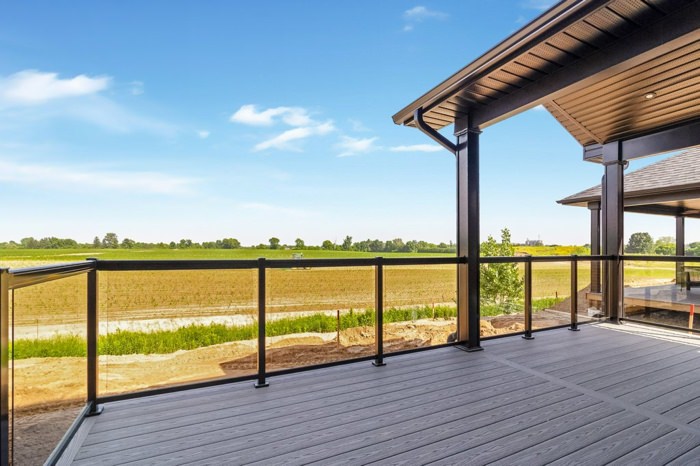
How Buying a New Build House Can Increase Your Wealth
Owning a home isn’t just about having a place to call your own. It’s also an effective wealth-building tool that allows you to build equity. But what exactly is equity, and how does buying a new house contribute to your financial growth? Understanding Equity At its core, the concept of equity refers to the value […]

Ask Your New Home Builder These Questions Before Buying Your Custom Home
Before you decide to purchase a new build home from a builder, make sure to ask them this set of questions to ensure you’re selecting the ideal builder to bring your dream home to life. FAQs to Ask New Home Builders These are the type of questions you should ask the builders you’re considering and […]

Why WE Chose Keesmaat Homes
We did it! After what felt like months of driving through new developments, searching for homes on MLS, deciding between bungalows, two-storeys, and raised ranches, my husband and I finally decided to build the house that we just couldn’t find out there. Meeting with Home Builders We met builder after builder, and we were getting […]

It’s Worth Exploring and Living in Delhi Ontario!
If you didn’t know, the beautiful town of Delhi Ontario is situated in Norfolk County between Brantford and Simcoe. In 2016 Delhi had a population of 4,914 but because there have been a large number of new build homes being developed, that number has substantially increased as of 2022 – Delhi is thriving! The community […]
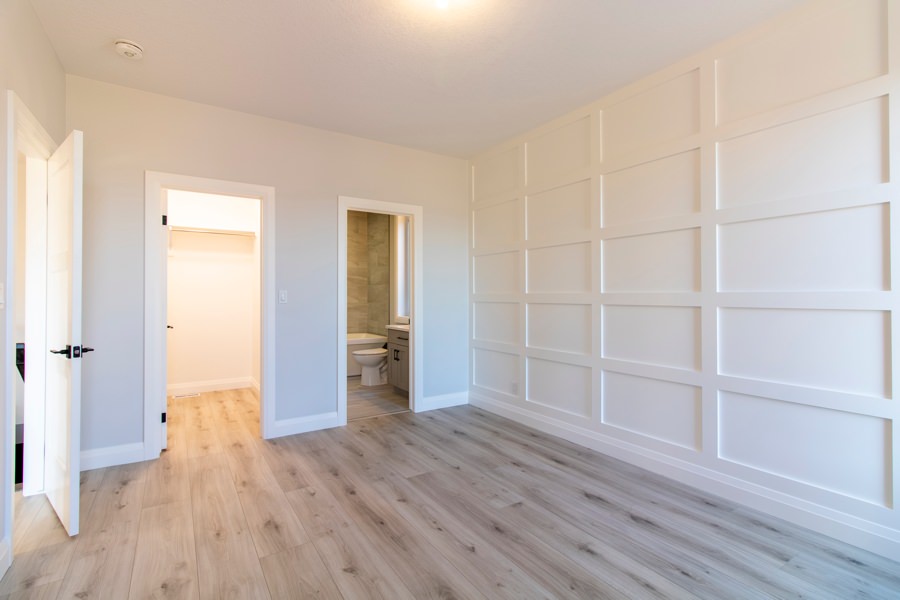
10 Popular Upgrade Ideas For A New Home Build
The moment you move into your new build, you may start considering ways you can add upgrades to your home. Here is a list of popular indoor and outdoor upgrade ideas for when you move into your new build home including planting a garden, adding a deck and planting trees. #1. Plan for Landscaping Make planning […]
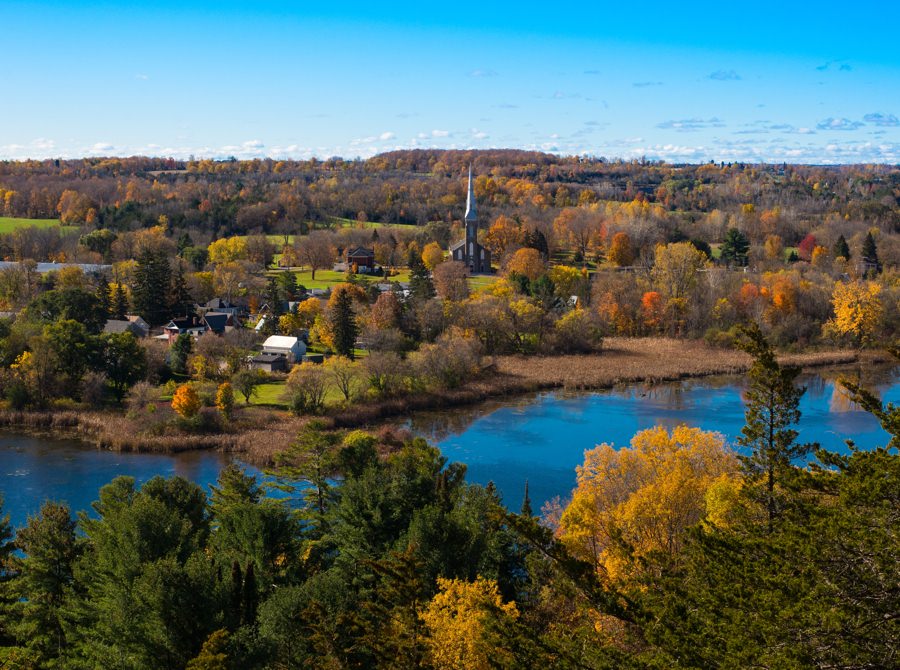
Exploring Great Places to Live in Ontario
Thinking about moving away from big cities like Hamilton, London, Kitchener and the GTA? Check out new house developments in Ontario that are still close by. So because you work in a big city, and even though you long for a change of scenery, you’re probably reluctant to explore commuting from smaller cities and towns. […]

Jarvis Ontario – It’s Worth Exploring
Although still a growing community, Jarvis Ontario is close to hundreds of activities for the whole family to enjoy. Conveniently nestled within Haldimand County, Jarvis is home to almost 3000 residents who have convenient access to flourishing local businesses, schools, sports facilities, restaurants, parks, churches, airports, libraries, a night life and important amenities. Things to […]
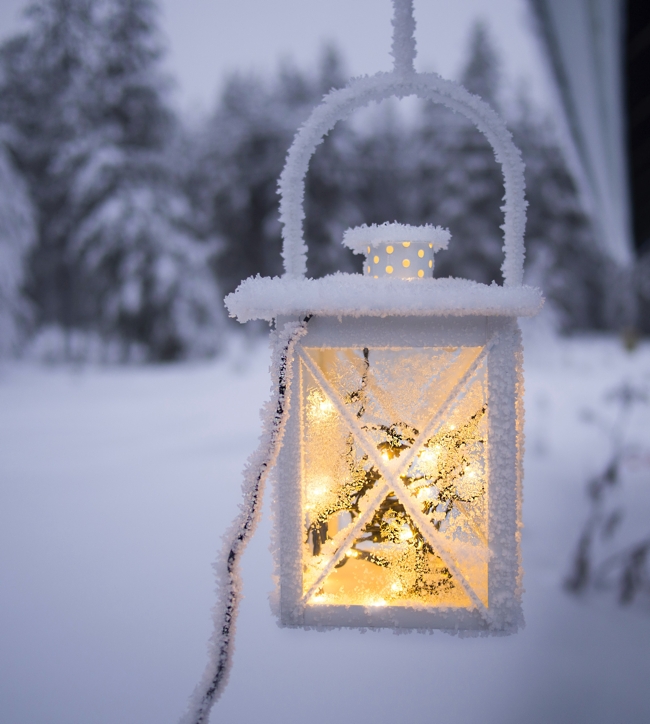
Tips for Getting Your New Home Build Ready for Winter
Before winterizing your new house for the first time, you should create a list of tasks that need to be done and followed each year. Preparing your house for the winter will ensure everything is working properly, and won’t fail you colder months of the year. Ready Your New Home in the Fall Winterizing your […]

Waterford Ontario Highlights – Get The Most From Your Community
Come visit Waterford Ontario – the growing community packed with lots of outdoor fun and adventures for the whole family. Take a day trip today and see what Waterford has to offer for new home buyers. Founded in 1794, the Waterford community boasts a quick walk to shops, schools, restaurants and other important amenities for […]
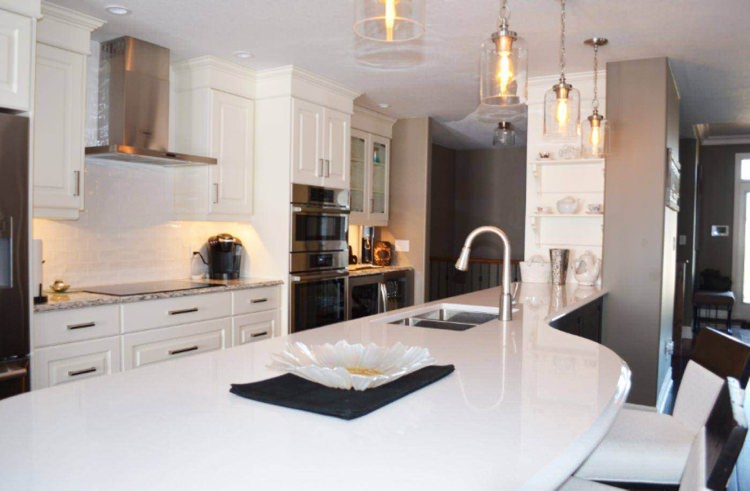
Just Moved Into a New House? Important Things To Do After Moving In
Once you move into your new build house, you’re going to have to take care of a few tasks that will help you start living more comfortably. Moving into a new house is an amazing experience and there’s nothing better than being the first owner, but there’s still some work to be done. Clean Up […]
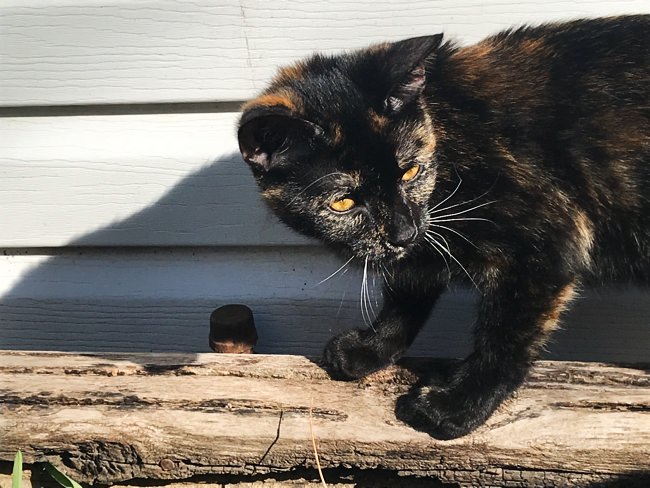
How to Introduce Your Cat or Dog To Your New Home
Before you start moving into your new home, you’ll need to properly prepare your pets so the transition is as stress free as possible. After moving into a new home, cats and dogs are known to get stressed by the change, so it’s important to be attentive to their needs and use some of these […]

Must-have Things to Buy for Your New Home to Make it More Convenient
Moving into a newly built home is exciting and full of possibilities but your brand-new home is a blank slate just waiting to be customized. There are thousands of things that you can buy for your home to make your life more comfortable and convenient so we’ve listed some interesting items that can get you […]
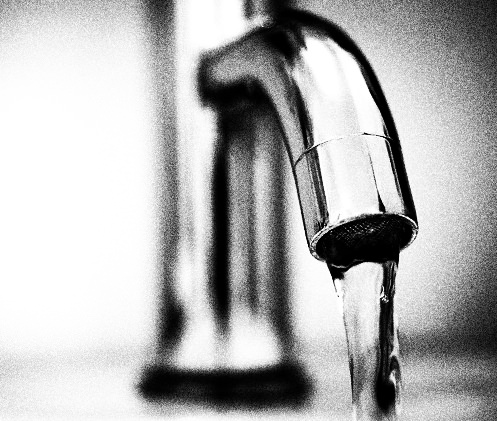
Maintenance Tips For Your New Home That Will Keep It In Top Condition
These simple but effective home maintenance tips will keep your new home in top condition for years to come and help retain its resale value. Every homeowner has the responsibility of keeping their new house in good condition because a well-maintained house will be a safe and comfortable haven for your family for many years. […]
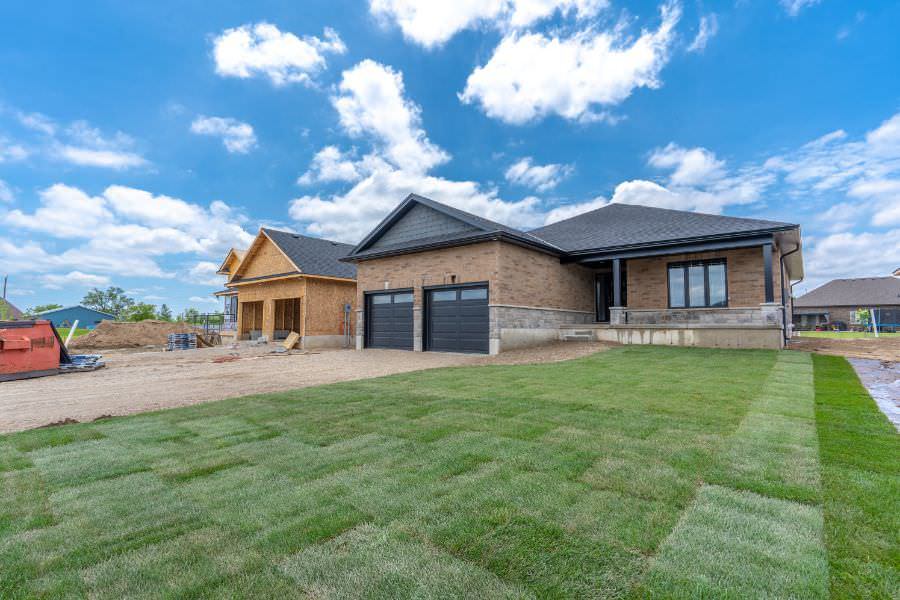
The 10 Benefits To Buying A Brand New House
In Ontario, the popularity of new home developments are on the rise and for good reason. Read on to discover the benefits of buying a new house instead of a previously lived-in one. Moving to a new home is an exciting and joyful occasion whether you’re on your own or in a big family. You’ll […]

10 Things You Can Do To Make Your New House A Home
After you move into your new house, you’ll want to do a few things to spice it up and to make your new house a home. One of the most exciting moments in life is settling into a new home, but it will take some time to make it truly comfortable. Every room is an […]

